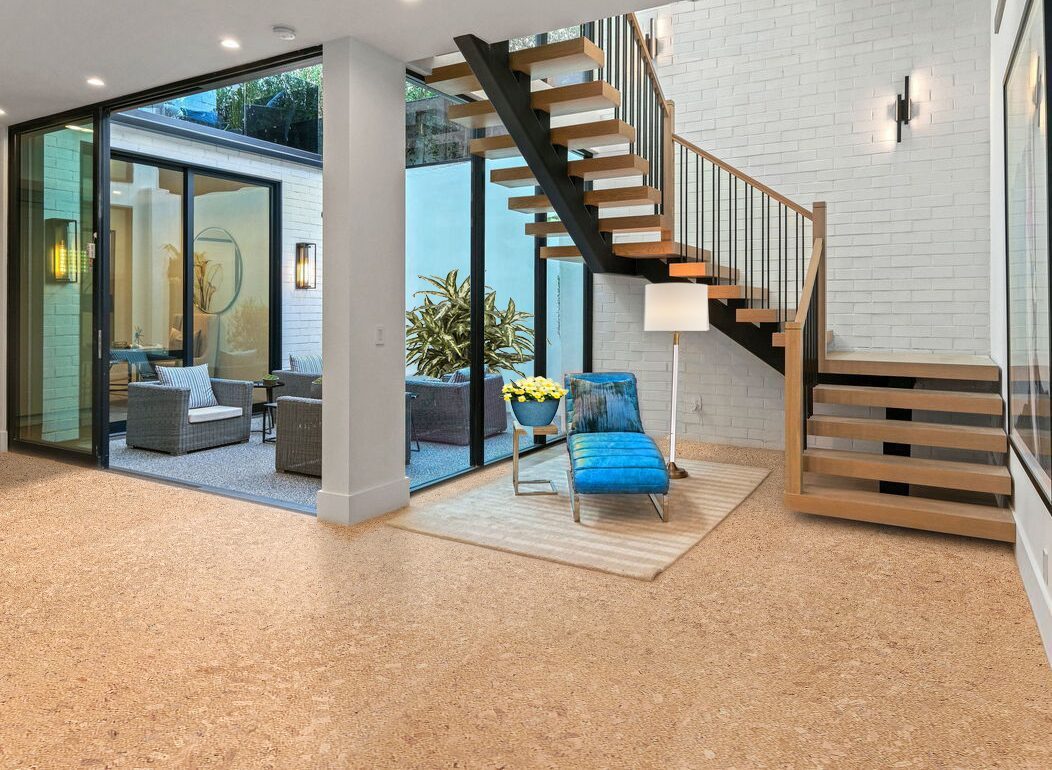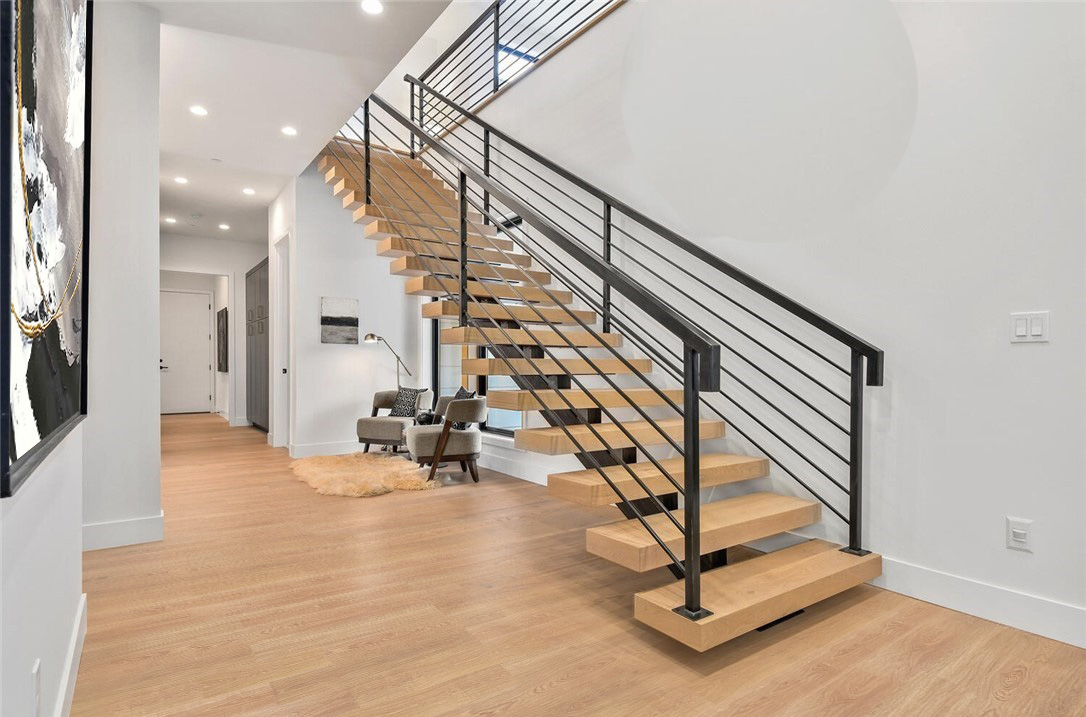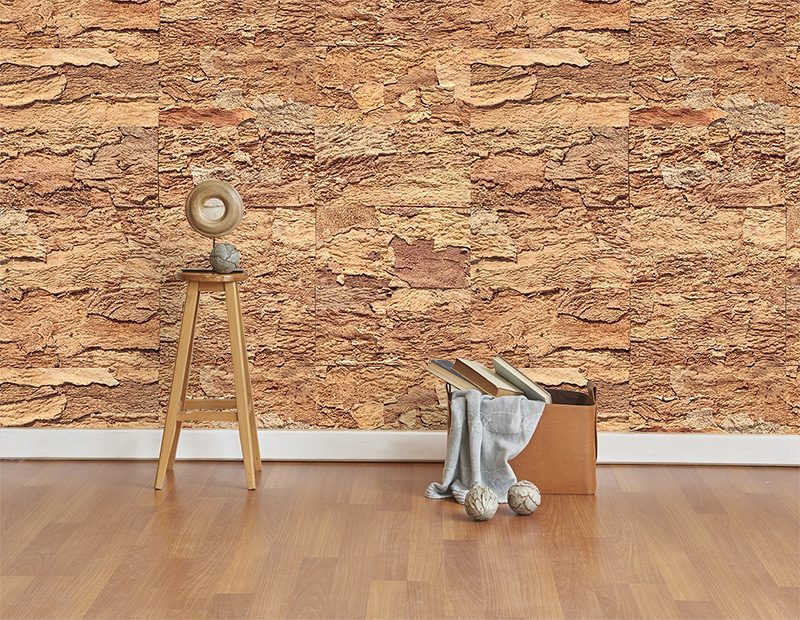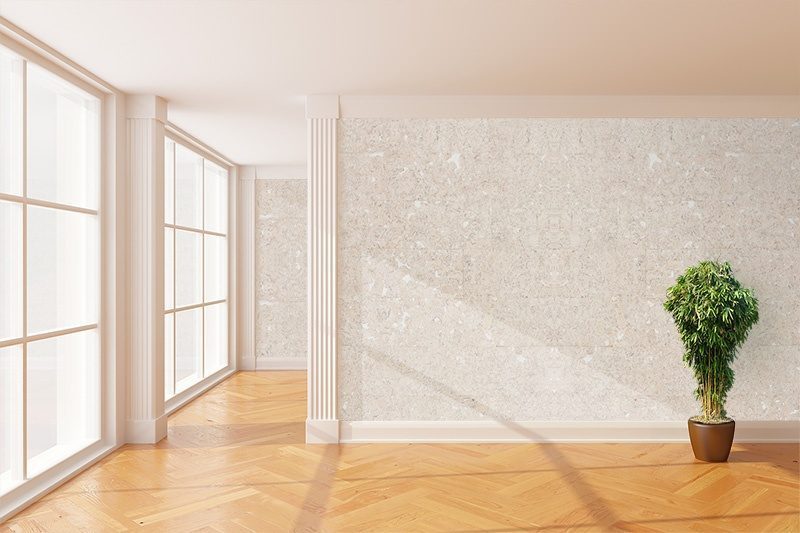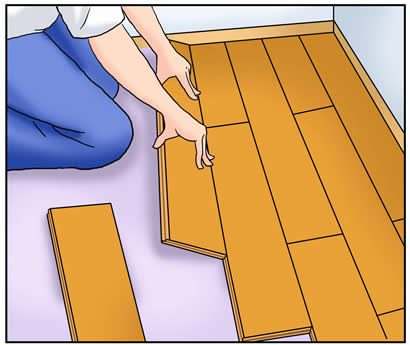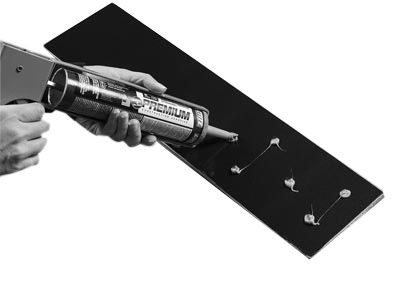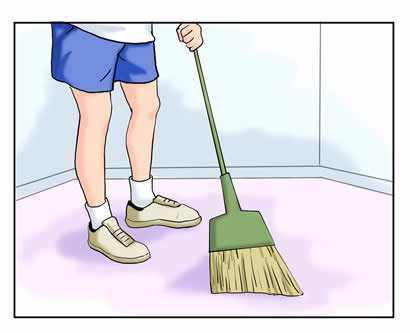Nature Conservation – Cork floors – A little give and take in
The world is changing and it’s time to adjust by giving a little back. In the construction and building industry we can do this by re-evaluating the materials we use to build and furnish our homes. Ceramic and tiles floors look great, but do we really need to dig huge quarries to obtain them. Hardwoods bring an ageless beauty, but how many trees are cut down in ratio to how long it takes one tree to mature to a serviceable age. What if there was a sustainable resource that doesn’t require destruction of the environment or depleting age-old resources.

Cork can do that. Cork is derived from the bark of the cork oak tree. The bark is peeled every decade or so and the tree is left alone to regenerate. No tree is cut down to provide material, no land is dug or altered to provide material. Cork trees are protected by law, especially in the highest cork producing country Portugal. In the Mediterranean where the largest forests exist, you’ve already got mass production.
Top this off with the fact that cork brings with it some pretty spectacular benefits and you’ve got a product that pulls multiple jobs. Cork is natural thermal insulator. The millions of tightly-packed air cells works like foam to keep unwanted temperatures out and ambient ones in. Cork is a effective sound inhibitor. The same air cells also work as a barrier to reduce the amount of noise that travels through walls and floors, cutting up to 10 decibels in a 3mm thick application. You’ll get a warm home that exemplifies peace and quiet.
With global warming becoming a major concern, investing in cork flooring or walling is a smart decision. You give a little back to the earth in a product that is one of the best ‘green’ materials to date that does not shirk on doing what you need it to.


